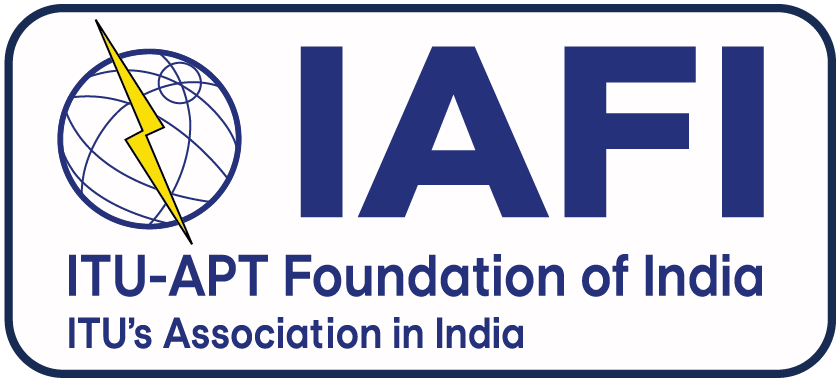Program Summary
Join us at ISMC-3, where the spectrum community convenes
One of the most pressing issues for the WRC-23 is the allocation of additional spectrum for mobile broadband services, which are becoming increasingly important in meeting the growing demand for high-speed data services. With the proliferation of mobile devices and the rise of the Internet of Things (IoT), there is an urgent need for additional spectrum to support these services. The WRC-23 will likely consider the allocation of additional spectrum in the bands below 10 GHz, as well as the possible sharing of spectrum with other services, such as satellite communications.
Another key issue facing the spectrum community is the increasing demand for spectrum for wireless local area networks (WLANs) and other unlicensed wireless technologies. The use of unlicensed spectrum has enabled the growth of many innovative wireless technologies, such as Wi-Fi and Bluetooth, which have become essential for many consumers and businesses.
NGSO (non-geostationary orbit) LEO (low Earth orbit) satellites operate in a specific range of radio frequencies known as the Ka-band, which is a high-frequency band that allows for high- speed data transfer. However, there are potential spectrum issues associated with NGSO LEOs. Spectrum issues relating to NGSO satellites are expected to launch in large constellations, which could potentially lead to interference between NGSO LEOs themselves, or with other satellite systems that operate in the same frequency range as other satellite systems, such as GSO and terrestrial systems. To address these spectrum issues, WRC-23 has a number of agenda items relating to these coexistence issues to ensure that NGSO LEOs can operate efficiently and without causing interference to other systems.
A third issue facing the spectrum community is the need to improve the efficiency of spectrum use. With the rapid growth in demand for spectrum, there is a need to find ways to use the spectrum, a scarce natural resource, more efficiently. This could involve developing new technologies that make more efficient use of the spectrum, as well as improving the coordination and sharing of spectrum between different services. The WRC-23 is likely to consider ways to promote more efficient use of spectrum, such as through the development of new standards and best practices.
There are also several key issues facing the spectrum community in Asia. One of the most pressing issues is the need to improve spectrum harmonization across the region. Currently, there are significant variations in the allocation and use of spectrum across different countries in Asia, which can create barriers to the development of regional wireless services. The WRC-23 is likely to consider ways to improve spectrum harmonization across the region, as well as to promote greater coordination and cooperation between different countries.
Another key issue facing the spectrum community in India is the need to address the digital divide. While many countries in Asia have seen rapid growth in mobile communications, there are still significant disparities in access to wireless services, particularly in rural and remote areas. The WRC-23 is likely to consider ways to promote greater access to wireless services, such as through the allocation of spectrum for rural broadband services.
Overall, the management of spectrum is a complex and rapidly evolving issue facing the telecommunications and satellite industry worldwide, and there are several key issues that are likely to be addressed at the WRC-23. These include the allocation of additional spectrum for mobile broadband services, the management of unlicensed spectrum, the need to improve the efficiency of spectrum use, and the need to address issues specific to India, such as spectrum harmonization and the digital divide, WiFi and Satellite communications.

